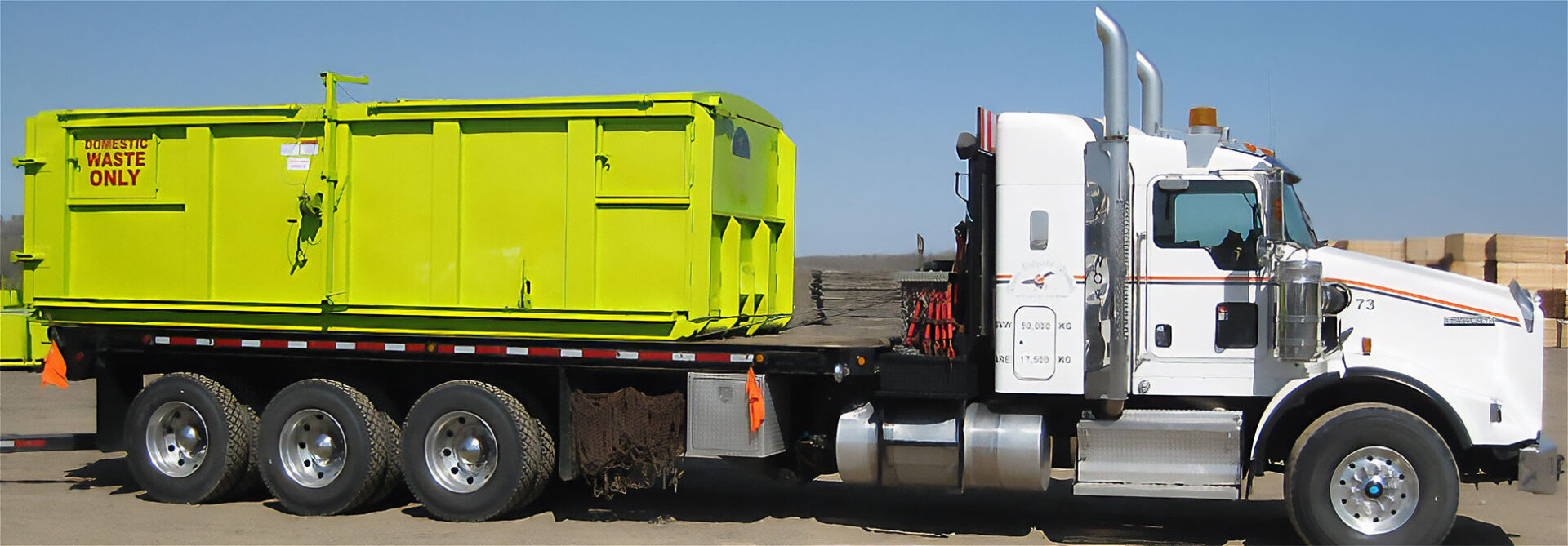Superior Rentals Contact: phone, email, and support explained
Everything About Oil Field Equipment and Pipeline Equipment: Trick Insights and Important Information
Oil field equipment and pipeline systems play a pivotal duty in the oil and gas market. They are essential for the reliable extraction and transport of hydrocarbons. Secret components, such as piercing rigs and storage space tanks, straight influence operational success. Improvements in technology pledge to enhance security and effectiveness. Comprehending these aspects is crucial for anyone entailed in or interested in this complicated market, as it establishes the stage for much deeper expedition of market practices.

Introduction of Oil Field Equipment
As the need for oil proceeds to expand, recognizing the devices made use of in oil areas ends up being progressively crucial. Oil field equipment encompasses a wide variety of equipment and tools crucial for exploration, removal, and processing. Key elements include drilling rigs, which are critical for getting to oil reservoirs, and production tools, such as separators and pumps, that help with the removal process. Superior Rentals midland. In addition, storage tanks play a substantial role in holding petroleum prior to transportation. Security tools, consisting of blowout preventers and pressure assesses, assures operational security and performance. Each piece of devices features cohesively to enhance manufacturing and maintain reliable workflow. Experience with this equipment is essential for experts in the industry to ensure successful operations and adherence to safety standards
Types of Drilling Rigs and Their Applications
Drilling rigs act as the backbone of oil removal procedures, with numerous kinds created for particular geological conditions and operational requirements. The most typical types include rotary boring rigs, which utilize a turning drill little bit to pass through the planet, and wire tool rigs, known for their percussion boring technique. For overseas operations, jack-up rigs and semi-submersible rigs offer stability and support in aquatic environments. In addition, directional drilling rigs make it possible for drivers to drill at angles, reaching deposits that are not vertically easily accessible. Each rig type has special benefits, optimizing efficiency and security based on the boring atmosphere. Picking the appropriate rig is important for making best use of source extraction while reducing environmental impact and functional prices.

Vital Pipeline Equipment and Their Functions
Pipeline framework is essential for the transportation of oil and gas from extraction websites to refining facilities and end-users. Different important tools components promote this procedure. Pipelines themselves work as the key conduits, made to endure high pressure and corrosive materials. Pump terminals are important for maintaining flow by enhancing pressure along the pipeline. Valves play a vital role in managing circulation and separating sections for maintenance. Furthermore, installations and connectors ensure secure joints between pipe areas. Keeping track of systems, consisting of circulation meters and stress sensors, are essential for identifying leaks and optimizing flow prices. Pigging equipment is utilized for upkeep and cleansing, protecting pipeline honesty and effectiveness. Together, these elements form the backbone of a reliable pipeline system.
Innovations and Technologies in Oil and Gas Equipment

Security and Upkeep Practices in the Oil Market
While the important site oil sector has made significant strides in technology and efficiency, the significance of robust safety and security and upkeep methods can not be overemphasized. Efficient safety methods are vital to protect workers and the setting, decreasing the danger of accidents and spills. Routine examinations and maintenance of equipment aid determine prospective issues before they escalate, guaranteeing functional integrity. Training programs for staff members are vital, highlighting the importance of safety understanding and emergency situation action treatments. In addition, adherence to sector policies and requirements promotes a society of safety. Implementing advanced monitoring modern technologies can further improve upkeep practices, enabling for real-time analyses of devices problems. Inevitably, prioritizing safety and maintenance is indispensable to the sustainability and success of have a peek at this site the oil industry.
Frequently Asked Concerns
What Are the Ecological Influences of Oil Field Equipment?
The environmental impacts of oil field equipment consist of habitat destruction, water contamination, and air contamination (Superior Rentals near me). In addition, equipment malfunction can bring about spills, detrimentally affecting wildlife and ecosystems, highlighting the requirement for rigid policies and tracking
How Is Oil Field Equipment Transferred to Remote Locations?
Transferring oil field equipment to remote locations usually entails specialized lorries, helicopters, or barges. Logistics business coordinate routes, making sure tools gets here securely and successfully, considering terrain and access to decrease delays and take full advantage of productivity.
What Governing Criteria Govern Oil Field Equipment?
Regulative standards controling oil field equipment mainly include safety and security, environmental management, and functional effectiveness guidelines. Agencies such as OSHA and EPA impose these policies to ensure secure techniques and decrease environmental impact in oil extraction operations.
What Skills Are Required to Run Oil Area Machinery?

How Do Oil Rates Affect Equipment Need and Usage?
Oil prices greatly influence tools demand and usage. Greater rates commonly result in raised exploration and manufacturing tasks, driving demand for machinery. On the other hand, lower prices may result in reduced operations and decreased demand for tools.